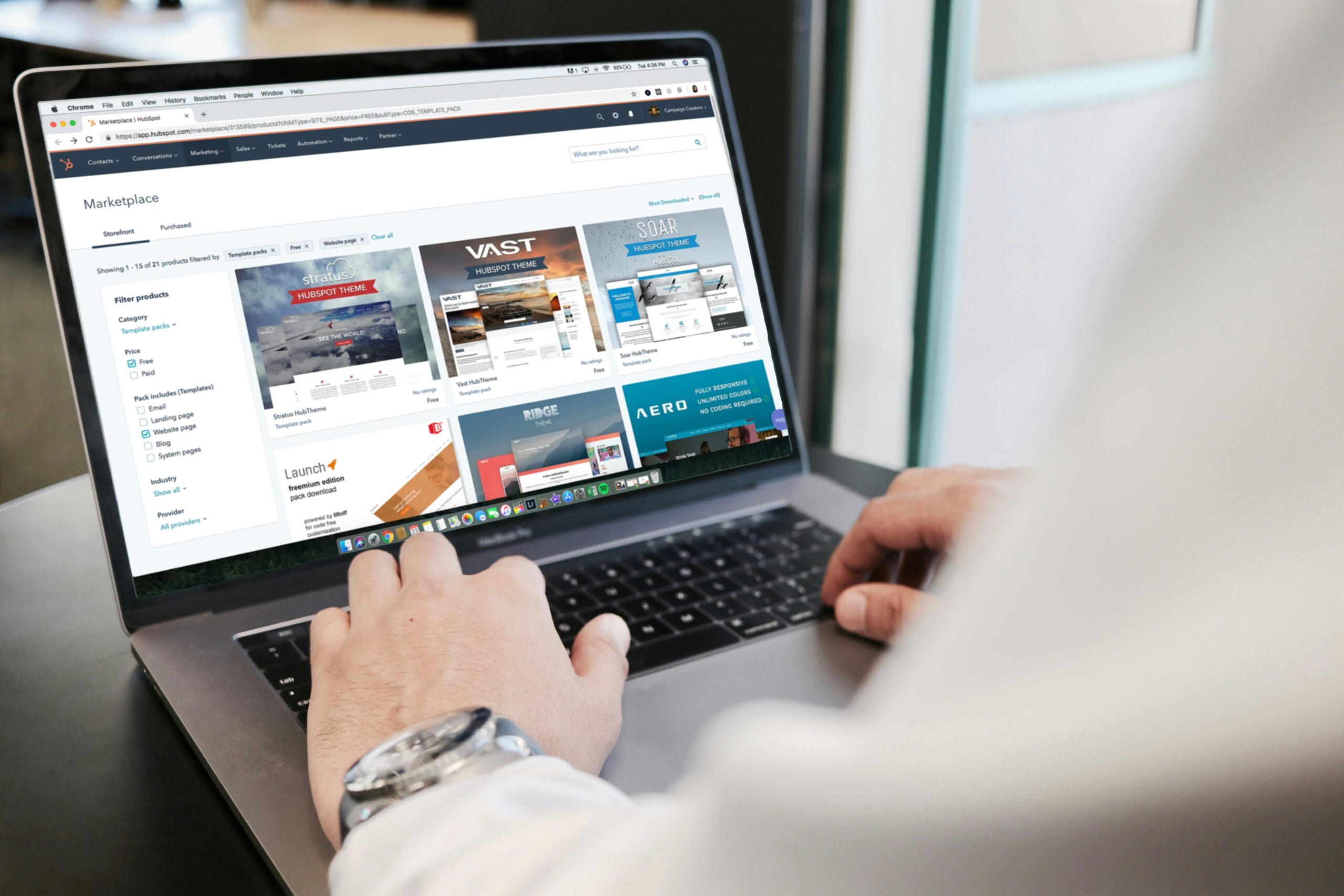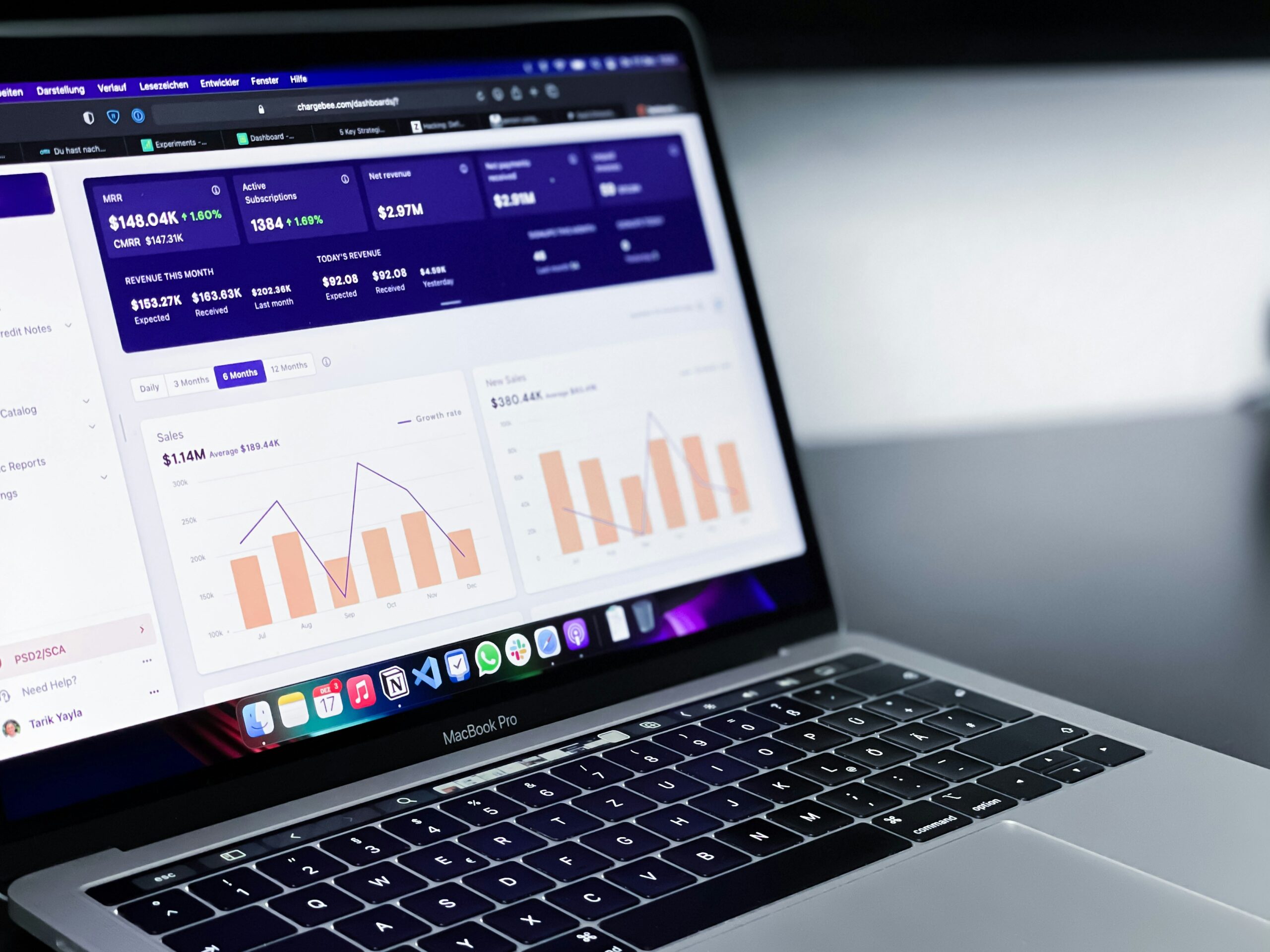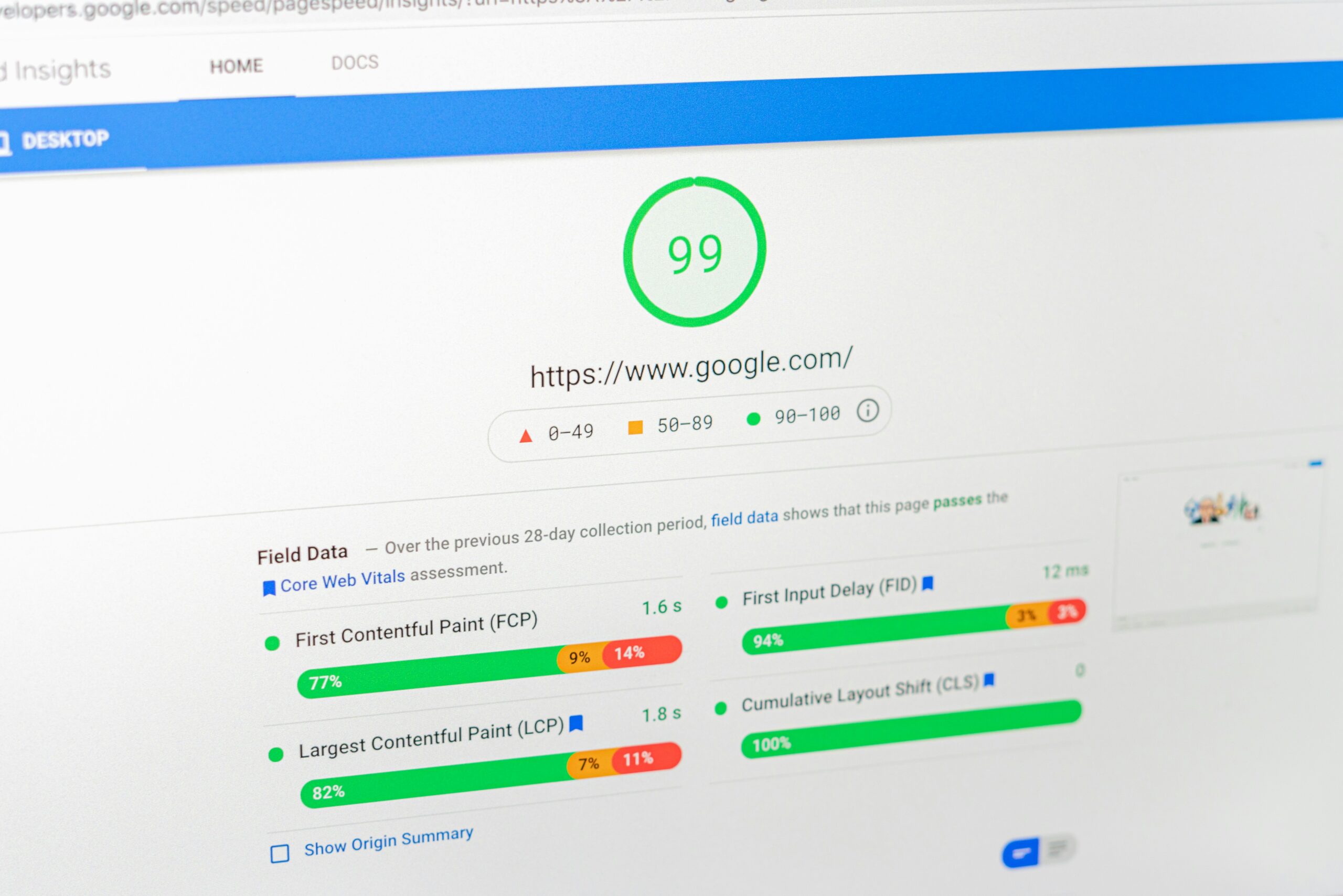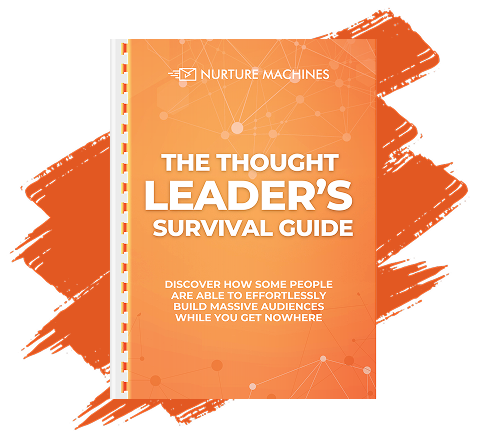In digital marketing, a landing page often serves as the first and most critical impression a brand makes on potential customers. It’s where attention meets action—where visitors decide whether to engage, sign up, or walk away. Optimizing landing pages isn’t just about design tweaks; it’s about crafting a seamless, intent-driven experience that turns traffic into conversions. This blog explores how data-backed strategies, A/B testing, AI tools, and industry-specific best practices come together to improve landing page performance and drive meaningful business results.
Key Takeaways
- Landing page conversion is crucial for driving revenue and capturing qualified leads.
- Effective optimization involves strategic A/B testing, thoughtful design, and detailed analytics.
- CRO strategies tailored to industry-specific needs can significantly impact performance.
- Future trends such as AI and mobile-first design will shape continuous improvement efforts.
What Is Landing Page Conversion and Why Does It Matter?

Landing page conversion is defined as the percentage of visitors who complete a desired action on a webpage. Initially, this could be as simple as filling out a form, clicking a call-to-action button, or subscribing to a newsletter. The conversion rate is a critical performance indicator because it directly reflects the efficiency of digital marketing efforts. High landing page conversions not only drive revenue growth but also lower customer acquisition costs, thus increasing the overall return on investment (ROI) for marketing campaigns.
How Do Landing Pages Influence Conversion Rates?
Landing pages shape how users interact with a brand’s offer. A focused layout, strong headline, and targeted call-to-action guide users toward the desired action. Removing distractions like unnecessary links helps reduce drop-offs. Clear value propositions build trust and encourage clicks. Visual hierarchy ensures users see key elements first. Personalized content improves message relevance. Strategic alignment of design and copy sharpens user intent. The combined effect is a more frictionless and effective experience.
What Are the Key Metrics to Measure Landing Page Success?
Essential metrics include conversion rate, bounce rate, and time on page. Scroll depth reveals how far users engage with content. Click-through rate on CTAs shows how compelling the offer is. Heatmaps highlight interaction zones for layout improvement. Session recordings help pinpoint usability issues. Mobile vs. desktop engagement uncovers device-specific friction. Tracking these KPIs ensures every change is guided by real behavior insights.
Which Industries Benefit Most From Landing Page Optimization?
Landing page optimization supports industries where digital engagement drives sales. E-commerce sites reduce cart abandonment and increase checkout completions. SaaS platforms boost trial sign-ups and feature adoption. Financial services improve consultation requests and form fills. Education providers lift enrollment inquiries through targeted copy. B2B companies enhance lead quality with focused offers. Each sector gains when pages address unique user needs. Tailored optimization yields greater performance at every touchpoint.
How Can A/B Testing Improve Your Landing Page Conversions?

A/B testing improves conversion by validating design changes with real data. Each variation reveals what users respond to most. It eliminates guesswork by using measured results to guide decisions. Tests can target any element—headlines, form layout, imagery, or CTA wording. This approach leads to evidence-backed enhancements. Results often expose unexpected preferences or behavior trends. Insights gathered inform broader campaign strategy. Ultimately, it builds better, more effective user experiences.
What Is A/B Testing and How Does It Work?
A/B testing divides traffic between two landing page versions to measure performance. Metrics such as conversions, clicks, or form completions determine which variant wins. Only one change is tested per variation to isolate its impact. Tools gather data in real time to evaluate user actions. Statistical significance ensures the results are reliable. Winning variants become the new baseline for future iterations. This loop of testing and refinement sharpens the conversion strategy. Over time, small gains compound into major improvements.
How Do You Set Up Effective A/B Tests for Landing Pages?
Begin with a clear goal, such as improving sign-ups or reducing bounce. Choose one element to test per variation—like headline length or CTA position. Create a hypothesis grounded in user behavior insights. Use analytics tools to define baseline metrics. Divide traffic evenly and monitor performance over time. Ensure the test runs long enough for accurate data. Avoid overlapping with other major changes. Once complete, analyze outcomes and implement the stronger version.
What Are the Best Practices for Analyzing A/B Test Results?
Start by comparing key KPIs such as click-through rate and form completion. Check that your sample size meets statistical thresholds. Segment results by device or traffic source for deeper insight. Confirm that no external changes skewed test data. Use visual behavior tools like scroll maps to support findings. Prioritize learnings that can scale to other pages. Document outcomes for repeatability. Regular analysis keeps testing aligned with evolving goals.
How Does AI Enhance A/B Testing for Better Results?
AI speeds up testing cycles by automatically analyzing user behavior at scale. It can recommend which elements to test based on historical patterns. Real-time optimization adjusts underperforming content mid-test. AI identifies correlations in user journeys across devices and sessions. Predictive models forecast outcomes, helping prioritize test ideas. Automation eliminates manual tracking tasks. Insights are surfaced faster with higher accuracy. AI integration increases test velocity and decision-making confidence.
What Are the Most Effective Landing Page Design Best Practices?

Effective design starts with simplicity and user focus. Use whitespace to reduce clutter and emphasize key elements. Strong visual hierarchy directs attention to CTAs and offers. Colors should contrast enough to highlight interaction points. Consistent branding builds trust and familiarity. Fast load times enhance usability across devices. Scannable layout improves comprehension and keeps users engaged. Every element should lead toward the intended conversion.
How Does Mobile Optimization Impact Landing Page Conversions?
Mobile optimization ensures that users on smaller screens enjoy a smooth experience. Responsive layouts adapt elements like forms and buttons for easier tapping. Fast load times reduce drop-offs caused by delays. Navigation should be minimal and intuitive. Clear CTA placement above the fold boosts visibility. Short copy and bite-sized content improve engagement. Mobile users expect efficiency—design should support that flow. Well-optimized mobile pages convert significantly better than static ones.
What Role Does Landing Page Copywriting Play in Conversion?
Copywriting communicates value and motivates action. Headlines must grab attention and reflect user needs. Subheadings guide the eye and reinforce benefits. Body content should address pain points with concise, persuasive language. Bullet points help simplify complex offers. CTAs need action-driven phrasing that sets clear expectations. Copy tone should align with brand identity and audience mindset. Strong writing builds trust and reduces hesitation. Words often make or break conversion success.
How Can Visual Elements Like Heatmaps Improve Design Decisions?
Heatmaps reveal how users interact with a page visually. They show which areas draw clicks, hovers, and attention. This insight helps refine CTA placement and content structure. Areas with little engagement may need redesign or simplification. Session replays highlight friction during scrolls or form entries. Combined with scroll maps, they expose user drop-off points. Visual feedback ensures that decisions aren’t based on guesswork. Incorporating this data enhances user-centered design.
Which Conversion Rate Optimization (CRO) Strategies Drive Higher Conversions?

Conversion rate optimization (CRO) is a multifaceted discipline that revolves around enhancing every aspect of the user experience on a landing page. From persuasive design elements to personalized content, effective CRO strategies improve the likelihood that visitors will convert. These strategies—when tailored to specific business models—can overcome common obstacles like high bounce rates and low engagement.
What Are Proven CRO Techniques for E-Commerce and SaaS Businesses?
E-commerce CRO focuses on product visibility, reviews, and seamless checkout. For SaaS, clarity in features, trials, and pricing improves sign-ups. Personalization boosts relevance for both segments. Fewer form fields reduce friction in onboarding or checkout. Trust signals like badges and guarantees increase buyer confidence. Urgency messaging encourages faster decision-making. Behavior-based triggers guide users through next steps. Each tactic supports smoother user paths to conversion.
How Does Personalization Boost Landing Page Performance?
Personalization adapts content to match user behavior and context. Dynamic CTAs change based on previous actions or location. Product or feature suggestions reflect user interests. Personalized greetings make interactions feel relevant and human. Behavior-based pop-ups offer targeted next steps. Content blocks adapt by device type or traffic source. This tailoring keeps users engaged longer. Personalized pages consistently outperform static ones in conversion rates.
How Can User Behavior Analysis Inform CRO Decisions?
Behavior analysis shows how users move, click, and engage with landing pages. Session recordings uncover where users hesitate or abandon. Scroll depth reveals if users see the entire offer or CTA. Click tracking highlights which elements draw focus or confusion. Exit patterns help refine page structure. These insights pinpoint exactly where friction exists. Solutions can then be tested and implemented. Ongoing analysis ensures every iteration is data-backed.
What Are the Latest Trends and Future Directions in Landing Page Optimization?

Staying ahead of the curve in landing page optimization is crucial for businesses striving to maintain competitive advantage. Emerging trends, particularly the integration of artificial intelligence, mobile-first design, and continuous semantic analyses, are reshaping how conversions are optimized. Marketers who embrace these trends are better positioned to achieve higher performance in an ever-evolving digital landscape.
How Is AI Transforming Conversion Rate Optimization?
AI enables faster, more accurate CRO decisions. It predicts user behavior and suggests high-performing design elements. Machine learning models continuously refine targeting and personalization. AI detects subtle trends that human analysis might miss. It dynamically adapts content to match user preferences in real time. Optimization becomes less reactive and more proactive. This speeds up experimentation and enhances strategy precision. AI bridges the gap between data volume and actionability.
Why Is Mobile-First Design Becoming Essential?
Mobile-first design ensures landing pages perform well across all devices. It prioritizes speed, simplified layouts, and user-friendly navigation. Mobile users expect short load times and quick access to key content. Elements like buttons and forms must be tap-optimized. Content should be easy to scroll and scan. Device-specific adaptations improve performance and clarity. Mobile-first also supports better SEO rankings. Overall, it ensures a seamless experience for the majority of today’s traffic.
How Can Continuous Monitoring and Semantic SEO Improve Long-Term Results?
Continuous monitoring tracks changes in behavior, engagement, and performance. This allows marketers to respond to shifts before they impact conversions. Real-time analytics identify areas that need updates or experimentation. Semantic SEO focuses on intent-based content and structured relevance. Aligning content with user search behavior improves visibility and alignment. These strategies work together to build long-term stability. Iterative updates ensure that landing pages stay effective over time. Combined, they support a lasting optimization strategy.
Frequently Asked Questions
What factors are most critical to landing page conversion?
The most critical factors include a clean, persuasive layout, clear value-driven copy, and focused calls-to-action that guide user behavior. Mobile responsiveness ensures accessibility across devices, while regular A/B testing identifies elements that improve performance. Integrating analytics and user behavior tools allows businesses to make data-backed refinements that directly impact engagement and conversion outcomes.
How often should businesses conduct A/B tests on their landing pages?
A/B testing should be ongoing, ideally conducted every few months to reflect shifts in user behavior and market conditions. Businesses experiencing frequent traffic changes or launching new offers may need more frequent testing. With platforms like Nurture Machine, marketers can automate these experiments and adjust landing page variables in real time based on performance insights.
What role does copywriting play in the success of a landing page?
Copywriting is essential for delivering a persuasive message that captures attention and motivates action. Well-structured, benefit-driven copy reinforces the page’s visual design and value proposition. It also helps address user concerns, clarify offers, and drive clarity across calls-to-action. Strong copy builds credibility and keeps users moving toward the next step in the funnel.
Can AI-powered tools really make a significant difference in conversion optimization?
Yes, AI-powered tools can transform the optimization process by analyzing user behavior at scale and adapting content in real time. Nurture Machine’s AI capabilities help tailor landing pages based on individual profiles, behaviors, and preferences, increasing engagement and driving higher conversion rates. AI also identifies performance patterns that manual testing may miss, accelerating iterative improvements.
What are some common mistakes to avoid when designing a landing page?
Common pitfalls include overcrowded layouts, too many form fields, vague or weak calls-to-action, and ignoring mobile optimization. Lack of testing and failure to monitor analytics can lead to stagnant performance. A refined landing page should be visually clean, message-focused, and continuously optimized through behavioral data and user feedback to stay effective.
How does personalization enhance landing page conversion rates?
Personalization increases conversion rates by delivering content tailored to individual users. With features like dynamic headlines, behavior-based CTAs, and location-specific offers, Nurture Machine enables marketers to build experiences that resonate with each visitor. This relevancy reduces friction, encourages engagement, and fosters deeper connections—resulting in more conversions.
What metrics should be prioritized when evaluating landing page performance?
Prioritize metrics like conversion rate, bounce rate, average session duration, and CTA click-through rates. Heatmaps and scroll tracking add context to how users interact with the page. Nurture Machine’s analytics tools provide real-time insights across these metrics, enabling businesses to quickly identify underperforming areas and implement data-informed enhancements.
Conclusion
Maximizing landing page conversions is a process that combines art and science. By systematically applying proven CRO techniques, rigorous A/B testing, and cutting-edge AI-powered personalization, businesses can significantly uplift their conversion performance. A clear focus on design, user behavior, and continuous monitoring ensures that landing pages remain effective, adaptable, and aligned with user expectations. Adopting these strategies not only enhances immediate conversion rates but also builds a strong foundation for long-term customer acquisition and revenue growth.






